Navigating the complex world of taxes can be daunting for any entrepreneur. With so many rules, regulations, and potential pitfalls, it’s easy to feel overwhelmed. However, by understanding and implementing key tax optimization strategies, entrepreneurs can significantly reduce their tax liabilities and maximize their business profitability.
This comprehensive guide will explore five essential tax optimization strategies that every entrepreneur should know. These strategies are designed to be practical, actionable, and easy to understand.

1. Choosing The Right Business Structure
The structure of your business can have a profound impact on your tax obligations. The main types of business structures include sole proprietorships, partnerships, limited liability companies (LLCs), and corporations. Each has its own tax implications:
Sole Proprietorships
- Pros: Easy to set up, complete control over the business, fewer regulatory requirements.
- Cons: Personal liability for business debts, all income taxed at the individual’s rate.
Partnerships
- Pros: Shared responsibility, easier to raise capital, tax benefits of pass-through taxation.
- Cons: Joint liability, potential for conflicts between partners.
Limited Liability Companies (LLCs)
- Pros: Limited liability protection, flexibility in management, potential flexibility in entity taxation.
- Cons: Increased paperwork and regulations versussole proprietorships.
Corporations
- Pros: Limited liability, ability to raise capital through stock sales, potential tax benefits (QSBS, flat tax rate)
- Cons: Double taxation on dividends is more complex and costly to set up and maintain.
Which Structure is Right for You?
The best structure depends on your business goals, size, and the level of liability protection you need. Consulting with an Unboxed Tax Advisor can help you choose the most tax-efficient structure for your business.
2. Maximizing Deductions And Credits
Deductions and credits can significantly lower your taxable income. However, many entrepreneurs miss out on these opportunities simply because they are unaware of them. Here are some key deductions and credits to consider:
Business Expenses
- Office Supplies and Equipment: Deduct the cost of computers, software, and other office necessities. IRS rules currently allow for each piece of property less than $2,500 to be fully expensed (with the proper elections in place)
- Travel Expenses: Deduct travel costs related to business, including airfare, lodging, and meals.
- Home Office Deduction: You can deduct related expenses if you use part of your home exclusively for business and you implement an Accountable Plan
Tax Credits
- Research and Development (R&D) Credit: For businesses that invest in developing new products or services.
- Work Opportunity Tax Credit (WOTC): For hiring individuals from certain target groups.
- Energy-Efficient Commercial Buildings Deduction: For businesses that invest in energy-efficient building improvements.
Keeping Accurate Records
Accurate record-keeping is essential for maximizing deductions and credits. Use accounting software to track expenses and keep digital copies of receipts and invoices.
3. Timing Income and Expenses
Timing when you recognize income and expenses strategically can provide significant tax advantages. This strategy is particularly useful for businesses that use the cash accounting method.
Income Timing*
- Deferring Income: Structure income recognition to postpone taxation until future years.
- Accelerating Income: If you expect to be in a higher tax bracket in the future, structure transactions to recognize income in the current year.
Expense Timing*
- Accelerating Expenses: Pay for or accrue expenses in the current tax year to increase deductions.
- Deferring Expenses: Delay paying for or incurring expenses to the next tax year if you anticipate higher income.
*note that you need to make sure to understand the basis upon which you file taxes (cash or accrual) for your business
Managing Cash Flow
Effective timing requires careful cash flow management to ensure your business can meet its financial obligations.
4. Retirement Plans and Benefits
Offering retirement plans and benefits helps attract and retain employees and provides tax benefits for your business.
Retirement Plans
- 401(k) Plans: Employee contributions are tax-deferred and employer contributions are tax-deductible, and earnings grow tax-deferred.
- SEP IRAs: Simplified Employee Pension plans are easy to set up and administer.
- SIMPLE IRAs: Savings Incentive Match Plans for Employees are ideal for small businesses
Employee Benefits
- Health Insurance: Premiums paid for employee health insurance are tax-deductible.
- Flexible Spending Accounts (FSAs): Allow employees to set aside pre-tax money for medical expenses.
Benefits for Owners
As a business owner, you can also participate in these plans and benefit from the tax advantages.
5. Utilizing Tax-Advantaged Accounts
Tax-advantaged accounts can help you save for future expenses while reducing your taxable income.
Health Savings Accounts (HSAs)
- Eligibility: Available if you have a high-deductible health plan (HDHP).
- Benefits: Contributions are tax-deductible, and withdrawals for medical expenses are tax-free.
Education Savings Accounts
- 529 Plans: Contributions grow tax-deferred, and withdrawals for qualified education expenses are tax-free.
- Coverdell Education Savings Accounts: Similar to 529 plans but with more flexibility in investment choices.
Retirement Accounts
- Traditional IRAs: Contributions may be tax-deductible, and earnings grow tax-deferred.
- Roth IRAs: Contributions are made with after-tax dollars, but withdrawals in retirement are tax-free.
Frequently Asked Questions (FAQs)
1. What is the difference between tax deductions and tax credits?
Tax deductions reduce your taxable income, lowering the income subject to tax. Examples include business expenses and home office deductions. Tax credits, on the other hand, provide a direct reduction of your tax liability. This means if you owe $5,000 in taxes and have a $1,000 tax credit, you will only owe $4,000.
2. How can I determine which business structure best suits my tax situation?
Choosing the right business structure depends on various factors, including business goals, size, and liability concerns. Consulting with an Unboxed Tax Advisor can help you analyze these factors and choose a structure that optimizes your tax situation and aligns with your long-term business objectives.
3. Are there any tax benefits for hiring family members?
Yes, hiring family members can offer tax benefits. For instance, wages paid to a spouse, child, or other family members can be deducted as a business expense. Hiring your children may also allow you to shift income from your higher tax bracket to your lower one, reducing the overall tax burden.
4. What are some common mistakes entrepreneurs make with tax planning?
Common mistakes include not keeping accurate records, failing to claim all eligible deductions and credits, not planning for estimated taxes, and neglecting to consult a tax professional, especially for tax planning. These errors can lead to higher tax liabilities and potential penalties.
5. Can I amend my tax return if I discover missed deductions or credits?
Yes, if you realize that you missed deductions or credits after filing your tax return, you can file an amended return using IRS Form 1040-X. Generally, you have up to three years from the original filing date to amend your return and claim any additional benefits.

Taking Control Of Your Tax Strategy
Tax optimization is an ongoing process that requires careful planning and attention to detail. By understanding and implementing these five key strategies, entrepreneurs can significantly reduce their tax liabilities and enhance their business profitability. Remember, the specific strategies that will work best for you depend on your unique circumstances, so it’s essential to consult with a tax advisor.
At Unboxed Advisors, we specialize in helping entrepreneurs navigate the complexities of tax planning. Contact us today to learn how we can help you optimize your taxes and achieve your business goals.
Implementing these tax strategies can be transformative for your business. For personalized advice and expert guidance, visit Unboxed Advisors and schedule a consultation with our experienced team. Don’t leave money on the table—optimize your taxes today!
You May Also Read
- Choosing Your Tax Specialist: Enrolled Agent vs. CPA
- 5 Strategies to Master Financial Agility
- How Can an EOS Integrator Revolutionize Your Business?






